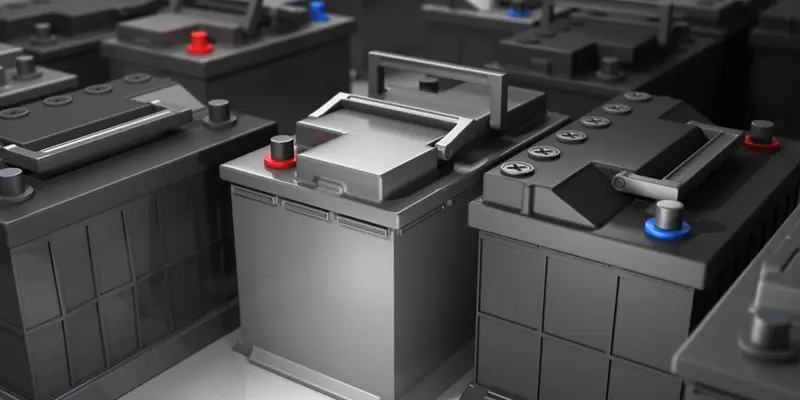Lead-acid batteries are commonly used in solar systems due to their reliability, affordability, and availability. When selecting a lead-acid battery for a solar system, you have a few options to consider.
- Flooded Lead-Acid Batteries (FLA):
- Flooded lead-acid batteries, also known as wet cell batteries, are the most traditional and cost-effective option. They have a liquid electrolyte that requires periodic maintenance to check and refill the water level.
- FLA batteries are suitable for solar systems where maintenance can be performed regularly to ensure optimal performance.
- Absorbent Glass Mat (AGM) Batteries:
- AGM batteries are a type of sealed lead-acid battery. They use absorbent glass mats to hold the electrolyte, making them maintenance-free and less prone to leakage.
- AGM batteries are a good choice for solar systems where maintenance may be challenging, as they don’t require regular watering.
- Gel Batteries:
- Gel batteries are another sealed lead-acid option. They use a gel-like electrolyte that is less likely to spill, making them suitable for indoor and sensitive environments.
- Gel batteries are known for their deep cycle capabilities and are often used in off-grid and backup solar systems.
- Deep Cycle Batteries:
- Deep cycle batteries are designed for regular discharging and recharging cycles, making them ideal for solar applications. They can handle the daily charge and discharge cycles typical of solar systems.
- Both AGM and Gel batteries are available in deep cycle variants, and they are commonly used in solar installations.


